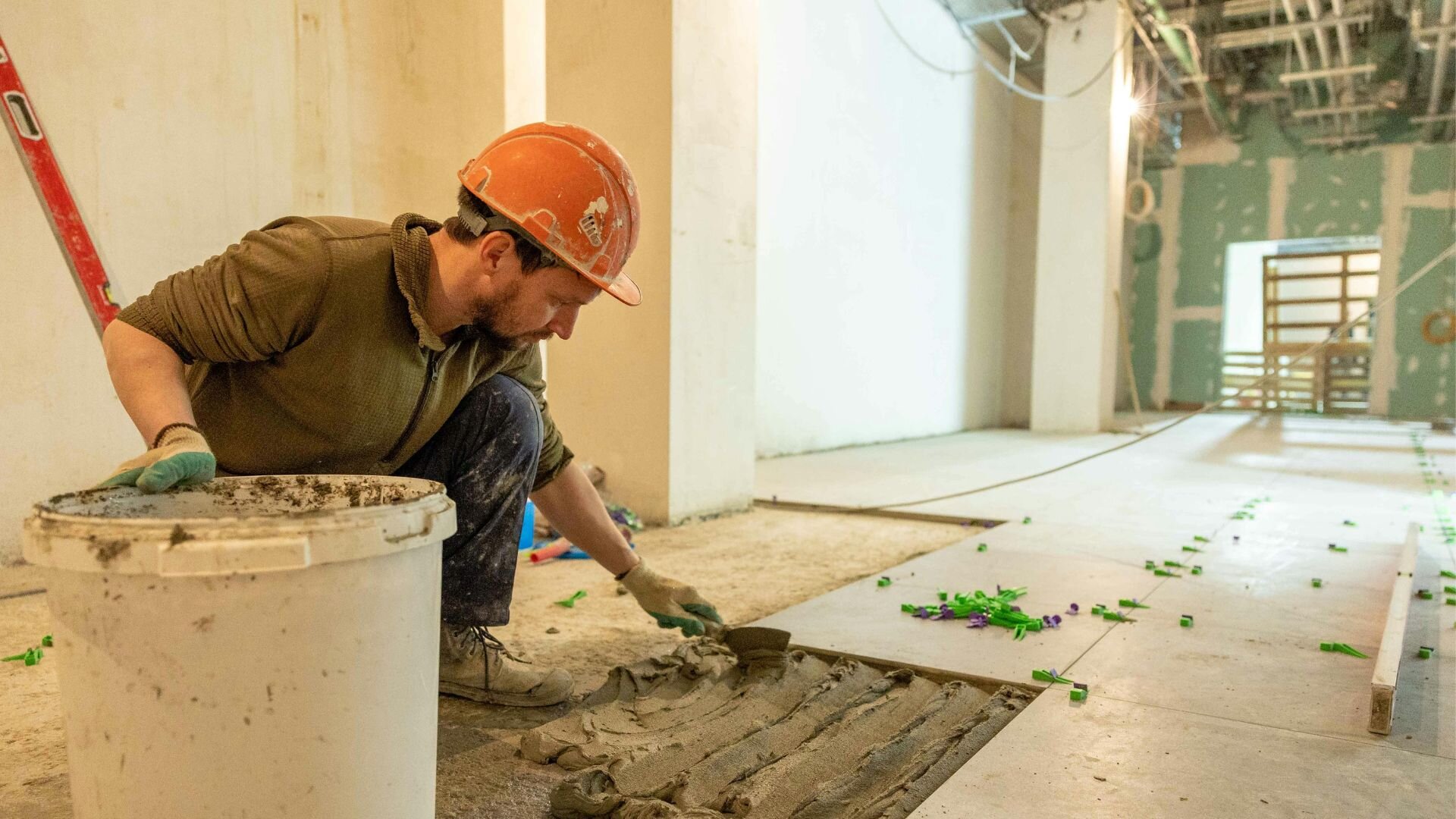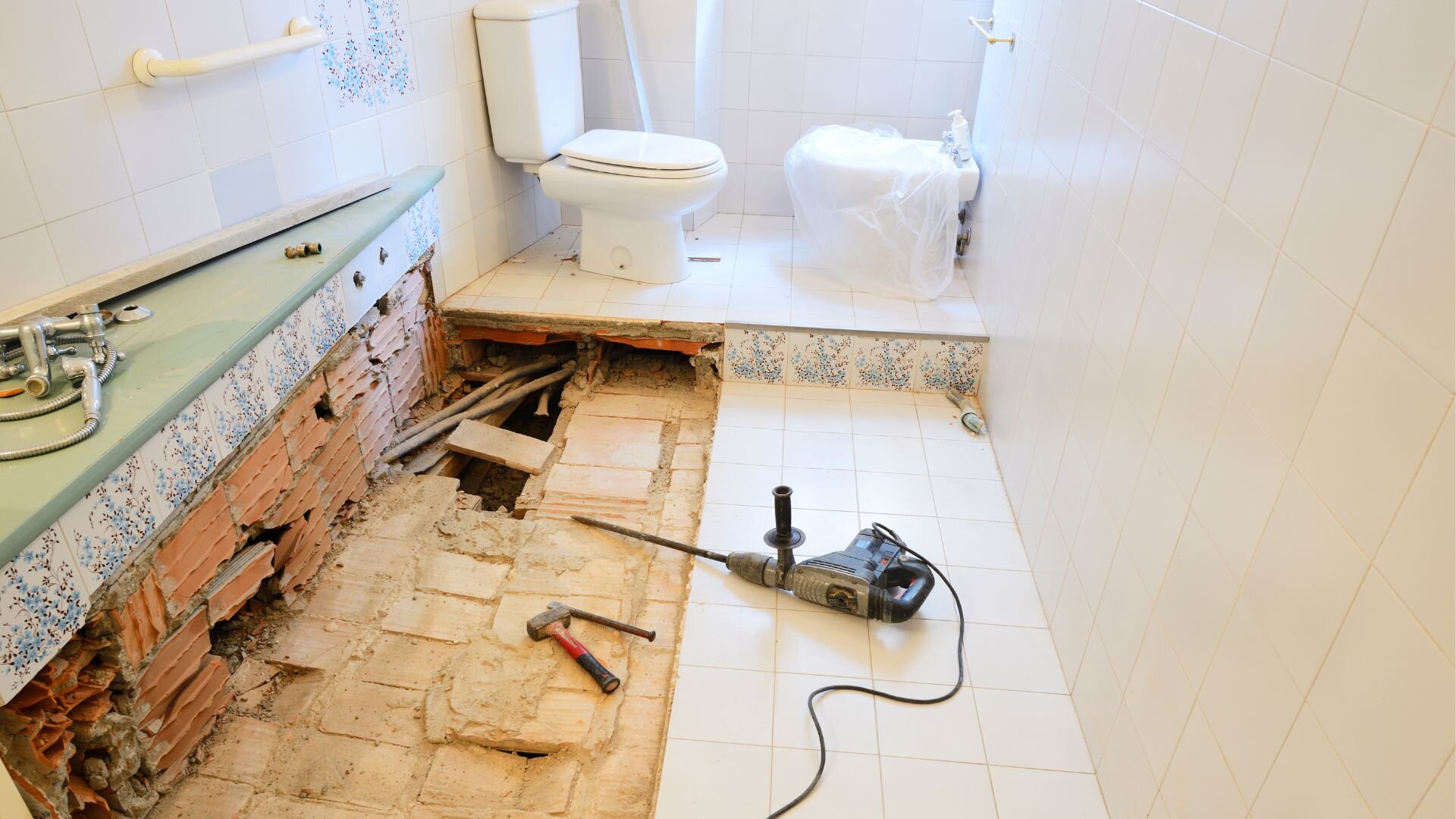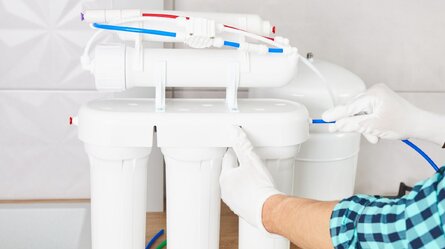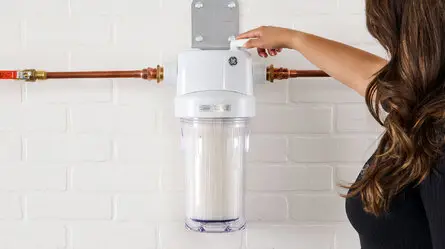Think your bathroom renovation will be smooth sailing? What if hidden water damage is waiting just behind the tiles?
Bathroom makeovers are one of the most exciting home upgrades you can do. They add comfort, boost property value, and make a big impact on daily living. But in the rush to rip out the old and bring in the new, one major risk is often overlooked water damage.
It doesn’t take much for moisture to become a silent saboteur. A tiny leak or a missed waterproofing step can lead to rotting timber, swelling walls, and even structural issues. These hidden hazards can turn a simple renovation into a costly, time-consuming headache.
Before you lay the first tile or install that sleek new vanity, it’s worth knowing how to identify, fix, and prevent water damage in your bathroom. Taking action early not only protects your renovation investment, but it also gives you peace of mind that the final result is safe, solid, and built to last.

Common Causes of Water Damage During Bathroom Renovations
Water damage isn’t always the result of a major plumbing failure. Often, it builds up slowly and quietly, only revealing itself once the renovation is already in motion. Here are some of the most common causes that catch renovators off guard:
- Faulty or outdated plumbing: Pipes hidden behind walls or under floors may have been leaking slowly for years. Renovations often expose these issues once fittings are removed.
- Failed waterproofing membranes: If your old bathroom wasn’t properly sealed or the membrane has deteriorated, water could have been seeping into the structure over time.
- Cracked or broken tiles: Even a small chip in a tile or missing grout line can let water through to the substrate, especially in wet zones like showers.
- Hidden leaks from fixtures or joints: Sinks, bathtubs, and toilets are all potential leak points. Over time, seals can weaken, causing moisture to spread undetected.
- Rushed timelines and poor workmanship: Tight deadlines can lead to critical steps being skipped, like drying out surfaces or sealing correctly between layers.
These issues often remain invisible until the demolition phase begins. That’s when tiles come off, cabinetry is removed, and the real condition of the bathroom is revealed. In many cases, what started as a cosmetic upgrade turns into a repair job before the new fitout can even begin.
Signs You Have Water Damage in Your Bathroom
Spotting water damage early gives you the best chance of dealing with it before it spreads further. Some signs are obvious, while others are subtle and easy to miss if you’re not looking closely. Here’s what to keep an eye (and nose) out for:
1. Persistent musty smell
A damp, earthy odour is one of the first indicators that water is lurking where it shouldn’t be.
2. Peeling paint or bubbling walls
When moisture gets behind the surface, it can cause paint or plaster to swell, flake or blister.
3. Mould and mildew
Look for black spots or discolouration around tiles, especially in grout lines or behind vanities.
4. Damp or soft flooring
Floorboards or tiles that feel spongy underfoot can be a sign of a water-damaged subfloor.
5. Warped cabinetry or skirting
Swollen timber, discoloured joints, or cabinets pulling away from the wall can indicate ongoing moisture exposure.
Don’t rely solely on visual cues. Use your senses smell for dampness, touch for softness, and look for anything that seems warped, cracked or stained. Early detection can prevent a minor fix from becoming a major rebuild.
Immediate Steps to Take When You Discover Water Damage
If you’re midway through a renovation and spot signs of water damage, stop work and take the right steps to get things under control. Reacting calmly and correctly will save you time, money, and a lot of frustration:
1. Turn off the water supply
Suppose there’s any sign of active leaking or plumbing damage. This prevents further soaking and gives you a safe space to assess.
2. Document everything
Take photos and make notes. This is useful for insurance claims and also helps any professionals you bring in understand the extent of the damage.
3. Call a licensed plumber
To inspect and confirm the source of the problem. Don’t guess, plumbing issues often run deeper than they appear.
4. Pause renovation work
Don’t continue with tiling, flooring, or cabinetry until the water damage has been fully addressed.
5. Dry out the space properly
Use ventilation, fans, or even dehumidifiers to remove moisture. This is crucial to prevent mould from developing during downtime.
The key here is to take control without panicking. A small pause now can prevent a long list of problems down the track.

How to Properly Fix Water Damage Before Continuing Renovations
Once you’ve identified water damage, the next step is to repair it thoroughly before moving forward. Here’s what needs to be done to fix the damage properly and prevent it from coming back:
- Plumbing repairs: Damaged pipes, cracked fittings, or loose joints must be replaced by a licensed plumber. Don’t attempt this yourself unless you’re fully qualified.
- Remove damaged materials: Soaked plasterboard, warped subflooring, or rotted studs must go. Leaving these in place risks mould and further deterioration.
- Treat mould: Use specialised mould removal products to kill and clean affected areas. In severe cases, the contaminated materials should be replaced entirely.
- Re-waterproof the area: Once the space is dry and repaired, a new waterproof membrane must be applied by a certified waterproofer. This is your bathroom’s best defence against future leaks.
- Use high-quality sealants: Cheap materials won’t last. Make sure any caulking, grout or sealant used is suitable for wet zones and correctly applied.
Rushing through these steps or doing them half-heartedly can undermine the entire renovation. What you don’t see behind the tiles is just as important as the fixtures you choose. Proper repairs, done by qualified trades, are the only way to ensure your bathroom stays dry and durable.
Preventing Water Damage in Future Bathroom Projects
No one wants to deal with water damage more than once. If you’re planning another renovation in the future or want to make sure this one lasts, here are some smart preventative tips:
- Always hire licensed professionals for plumbing and waterproofing. They know the codes, standards, and tricks to get it right.
- Don’t skimp on materials. Invest in quality waterproofing products that are designed for high-moisture environments.
- Ensure adequate ventilation. A good exhaust fan can go a long way in preventing condensation build-up, especially in smaller bathrooms.
- Plan around the weather. If your bathroom renovation involves any roof or external wall work, avoid the rainy season to reduce the risk of water entering mid-build.
- Schedule progress checks. Ask your tradies to walk you through the stages of the job and inspect the work, especially before tiles and finishes go on.
Prevention is always cheaper and easier than repair. By following these simple steps, your next project can stay dry, stress-free and on budget.

One Mistake You Should Never Make
Don’t tile over damage. It’s one of the biggest renovation mistakes out there. Covering up dampness or discoloured grout without fixing the issue underneath just traps the moisture in.
Eventually, the damage will resurface, this time worse and more expensive to fix. If you see signs of water damage, deal with it first. Your bathroom will thank you later.
Secure Your Renovation Investment the Right Way
A bathroom renovation is one of the biggest investments you can make in your home. But all the sleek finishes and designer fittings won’t mean much if water is silently damaging what lies beneath. Addressing leaks and damp properly before moving forward protects your home, your wallet, and your peace of mind.
Don’t let poor planning or overlooked water damage undo all your hard work. Get the foundations right, and your dream bathroom will stand the test of time.
Plan with Confidence Leave the Leaks to the Pros
If you’re planning a bathroom renovation and want the job done right, Woolf Plumbing has the experience and licensed tradespeople to handle it from start to finish. Reach out today to ensure your renovation is built to last, with no leaks hiding behind the walls.
Whether you’re starting fresh or halfway through your project, getting the right team on board makes all the difference. Don’t risk cutting corners or missing critical repairs. Call in the experts, fix water damage properly, and enjoy a bathroom that looks amazing—and performs just as well for years to come.




